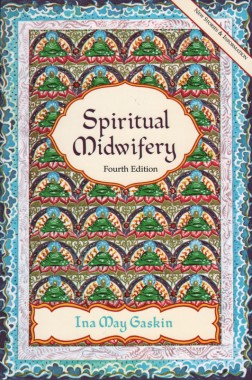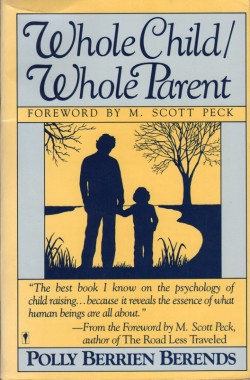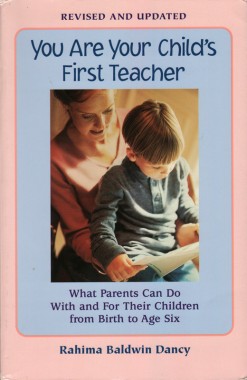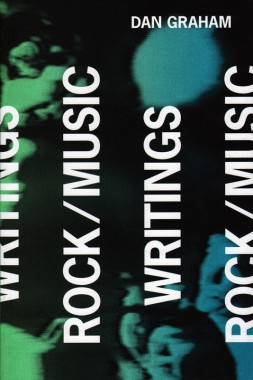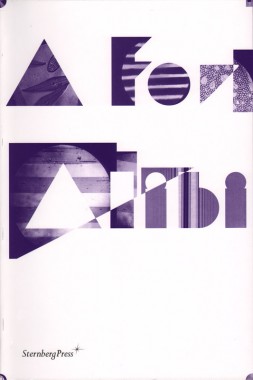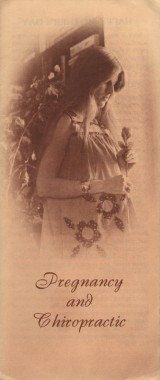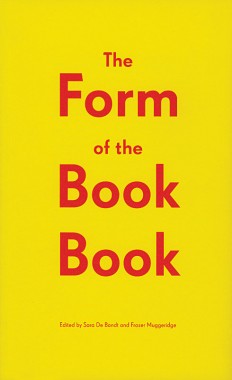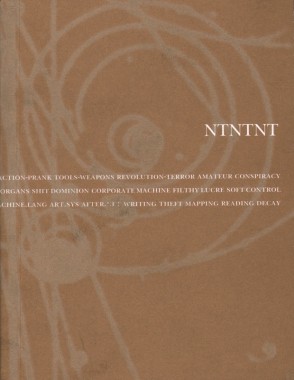Spiritual Midwifery
Ina May Gaskin, Spiritual Midwifery
Softcover, 480 pp., offset 4/1, 6 x 9 inches
Fourth edition
ISBN 978-1-57067-104-3
Published by Book Publishing Co.
$13.00 ·
Ina May Gaskin is one of the Founders and the current president of the Midwives’ Alliance of North America. She is a powerful advocate for a woman’s right to give birth without excessive and unnecessary medical intervention.
Her clinical midwifery skills have been developed entirely through independent study and apprenticeship with other midwives around the world. Ina May and fellow Farm midwives were instrumental in the development of the rigorous Certified Professional Midwife (CPM) certification process.
The Farm is an intentional community in Lewis County, Tennessee, near the town of Summertown, Tennessee, based on principles of nonviolence and respect for the Earth. It was founded in 1971 by Stephen Gaskin and 320 San Francisco hippies; The Farm is well known amongst hippies and other members of similar subcultures as well as by many vegetarians. The Farm now has approximately 175 residents.
In the original manifestation of The Farm, all members were believers in God and smoking marijuana was a sacrament, though Farm members did not accept alcohol or other drugs. Also there was no private property, no leather products, no harming of animals and no consumption of meat.
The Farm was established after Gaskin and friends led a caravan of 60 buses, vans, and trucks on a speaking tour across the US. Along the way, they checked out various places that might be suitable for settlement before deciding on Tennessee. After buying 1,064 acres (4.1 km2), the Farm began building its community in the woods alongside the network of crude logging roads that followed its ridgelines. Another adjoining 750 acres (3.0 km2) were purchased shortly thereafter.
From its founding through the 1970s, Farm members took vows of poverty and owned no personal possessions, though this restriction loosened as time passed. During that time, Farm members did not use artificial birth control, alcohol, tobacco, man-made psychotropics, or animal products.
Whole Child / Whole Parent
Polly Berrien Berends, Whole Child / Whole Parent
Softcover, 360 pp., offset 2/1, 6 x 9.25 inches
Revised edition, foreword by M. Scott Peck
ISBN 0-06-091427-0
Published by Perennial Library
$13.00 ·
If you don’t think the title of this book is Whole Parent / Whole Child, then you are the exception. Most people do. Implied is that if the parent is whole, then the child will be whole. If the parent knows how to do it, then the child will turn out okay. But then — oh, horrible thought and worse experience! — if the child seems not to be whole, then the parent must not be whole either.
So we seek diagnoses, explanations for what’s wrong with the child. If we can’t take credit for our children, then at least please excuse us from the blame. I thought it was my fault. I thought he was stupid, lazy. Indeed, recognition of our children’s special differences, limitations, styles of learning, and so forth can be very helpful. But there is another side as well. Secretly we are almost grateful to think that there is something really the matter with him, something only mechanical, something wrong with him rather than with us. So in a strange way, the very thing we started out in favor of (rearing a whole child) turns out to be something we are somehow also against.
This book stands out as one of the first resources to link the teachings of mystics and the world’s religious traditions to the present-day practice of child-rearing. Polly Berrien Berends’s second intention is “to bring to light the far-reaching spiritual significance of even the meanest momentary details of our experience.
For more than two decades, Whole Child / Whole Parent, the first spiritually oriented book on parenthood and the first to address the value of parenthood for the parent as well as for the child, has provided a sound, practical, psychological and spiritual footing for parenthood and family life.
You Are Your Child’s First Teacher
Rahima Baldwin Dancy, You Are Your Child’s First Teacher
Softcover, 384 pp., offset 4/1, 6 x 9.25 inches
Revised edition
ISBN 0-89087-967-2
Published by Celestial Arts
$13.00 ·
You Are Your Child’s First Teacher: What Parents Can Do With and For Their Chlldren from Birth to Age Six.
The importance of what our children learn in the home and through their relationship with us forms the irreplaceable foundation of all that comes later. Mother, childbirth educator, midwife, and Waldorf educator, Baldwin aims to deepen our understanding of the nature of the young child as a whole being — body, mind, emotions, and spirit — so enabling us to meet their needs for balanced development.
In a society which values intellectual development above all else, we tend to ignore other aspects of development. We reason with our children as if they were grown ups and teach them with techniques appropriate for much older children. Distrustful of natural processes, we believe we have to do something in order to ensure our child’s development. Milestones of the first three years — walking, talking, thinking, and memory — occur by themselves, according to their own timetable. Trusting natural processes does not mean that we do nothing, but that the things we do need to be consonant with the child’s own developmental stages.
The world of the young is critically endangered, as more and more children are placed in daycare in infancy, and academic pursuits are pushed onto younger and younger children. The hurried child syndrome is apparent in all spheres of activity. We try to speed their development with baby walkers and gymnastics, and reason with five-year-olds as if their ease with words ought to translate into control of their actions in the future. Problems arise when we fail to realize how different a three year old is from a child of nine, or a teen from an adult. Children do not think, reason, feel, or experience the world the way an adult does.
She advocates nurturing babies’ development through the first year by touching, carrying, talking, singing, contact with nature, nursery rhymes, and movement games. She cautions against baby bouncers, baby walkers, playpens, and baby gymnastics, and believes that one of the greatest gifts parents can give a child between birth and first grade is time and materials for the creative play which helps her work her way into earthly life by imitating all she experiences. The very young do not need playgroups (though their parents might!), gymnastics, educational tools, nor fancy toys. They need circle and movement games, songs, musical and artistic activities, and examples of real work for imitation. They need contact with nature, nourishing images from stories, and simple toys they can complete with the imagination. We learn, for example, that the beautiful doll and the anatomically correct doll are a hindrance to the child’s inner development, leaving nothing for her imagination to supply, and providing more than she can hold in awareness. Toys based on TV and movie characters (therefore with fixed personalities) leave little room for creative imagination. Baldwin urges that we consider not only the safety, but aesthetic quality of a toy. Is it beautiful? How does it feel to the touch? What pictures of the world does it offer the child?
She cautions us against providing rational and scientific answers before our children are ready. Because their verbal skills far outweigh their conceptual knowledge, we tend to answer at a level of abstraction far beyond their comprehension. Calling directly on the intellect and memory of the child during the first seven years, not only takes him away from movement and valuable play, but accelerates his change of consciousness and robs him of valuable years of early childhood — years vital to later physical health and mental development. At this age, children learn best through direct life experiences and imitation.
The young child accepts us as perfect and good; once he becomes older and sees our imperfections — the most important thing is that the child sees we are striving to do better. Our desire for inner growth (or our complacency) is perceived by the child and has a very deep impact.
Rock/Music Writings
Dan Graham, Rock/Music Writings
Softcover, 224 pp., offset 4/1, 5.5 x 8.25 inches
Edition of 3000
ISBN 978-0978869-73-1
Published by Primary Information
$18.00 ·
Portable Document Format
Dexter Sinister, Portable Document Format
Hardcover, 200 pp., offset 4/1, 4.25 x 6.75 inches
Edition of 1000
ISBN 978-1-933128-85-6
Published by Sternberg Press
$20.00 ·
The second part consists of reproductions of a series of lithographic proof prints. Accompanying these prints are extended captions individually produced for different exhibitions in 2008. Each caption was composed in line with the manner of its accompanying image. Although never intended as a set, a number of generic themes emerged, such as abstraction, mathematics, logic, and cooperation. The book intends to demonstrate how ideas from the first part have been rechannelled in the second.
Pregnancy and Chiropractic 1978 (Form No. 279)
James W. Parker, Pregnancy and Chiropractic 1978 (Form No. 279)
Softcover, 4 pp., offset 1/1, 3.5 x 8.25 inches
Edition of 5000
Published by Parker Chiropractic Research Foundation
$2.00 ·
Mental Attitude Also Important
Your mental attitude during pregnancy should be considered, too. A bright outlook on life can help make these nine months a pleasure rather than a burden. Good common sense tells us that a woman free of pain, at ease and relaxed, concious that every necessary measure is being taken for the welfare of both herself and her child, will naturally have a better mental attitude than the woman who is afraid of suffering. Chiropractic care can help you achieve this assurance and, therefore, have a cheerful mental attitude.
The Form of the Book Book
Sara De Bondt and Fraser Muggeridge, The Form of the Book Book
Softcover, 96 pp., offset 2/1, 140 x 230 mm
Edition of 1000
ISBN 978-0-9562605-1-2
Published by Occasional Papers
$20.00 ·
NTNTNT
Jason Brown and Zoe Crosher, NTNTNT
Softcover, 396 pp., offset 1/1, 4.25 x 5.5 inches
Edition of 1000
ISBN 0-9727045-0-7
Published by CalArts School of Art
$20.00 ·
The threads and fragments from the original conversations were woven together with techno-utopian ruins and associatively cross-indexed with fragments from the distant age of “Browser Wars,” creating a stuttering, paper-based constellation.
The resulting book is not so much a document as an artifact — a puzzled, puzzling, mnemonic object marked by passage of a particular time.
